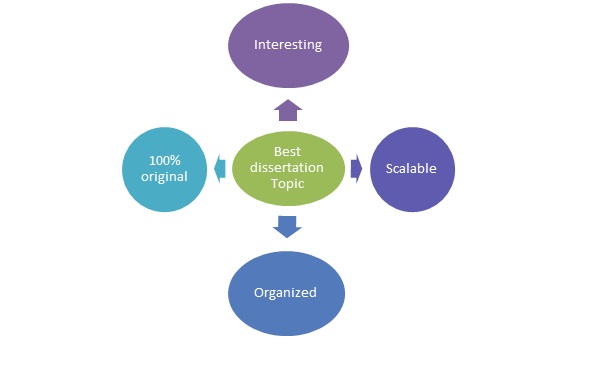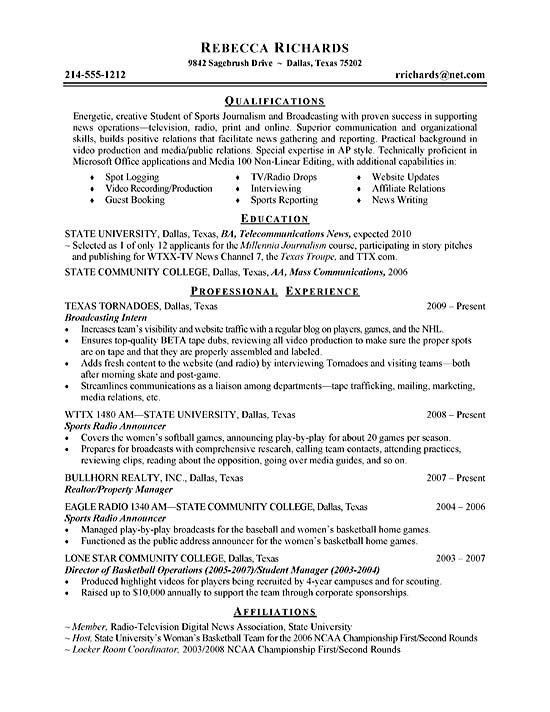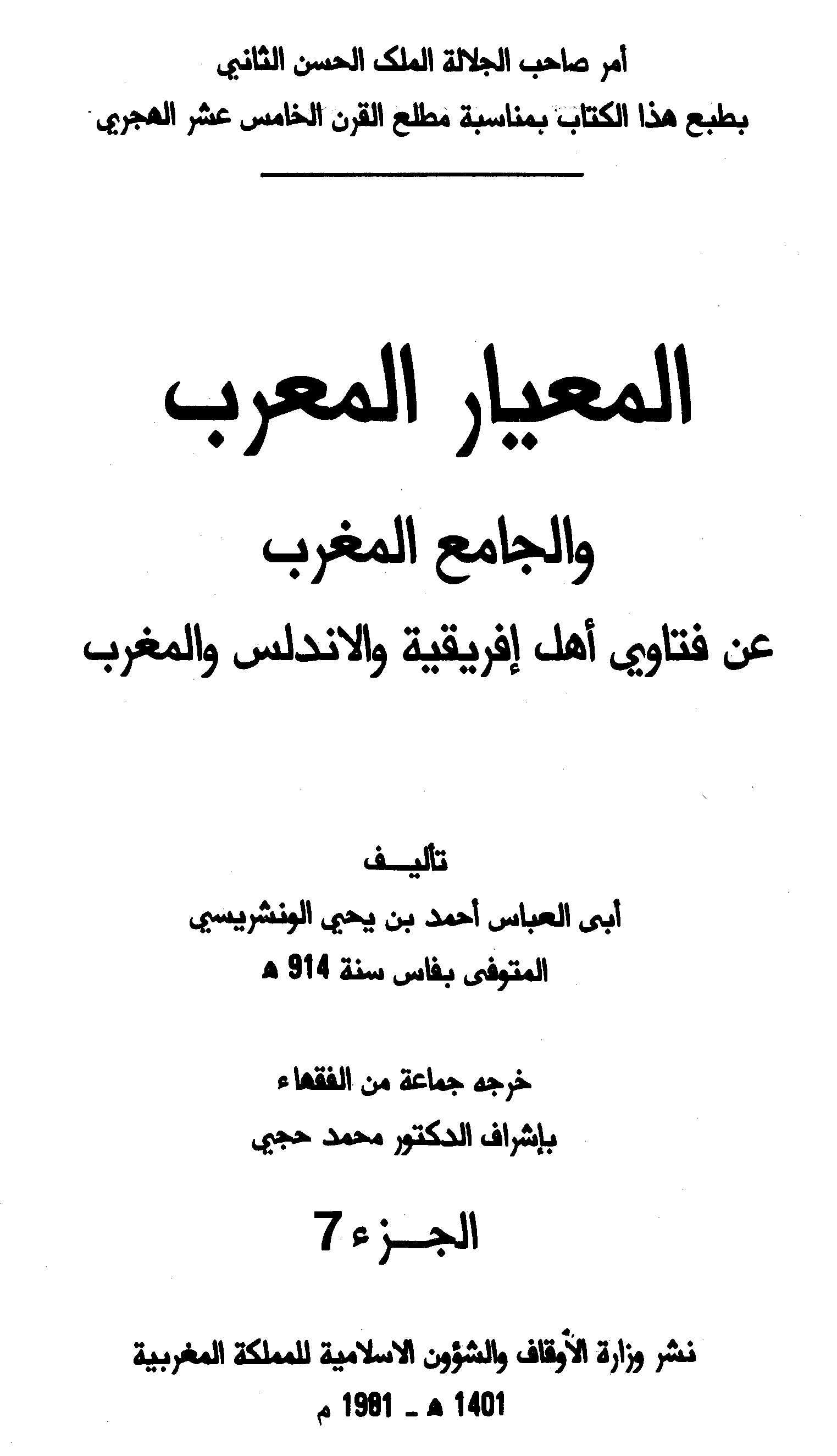Particles of the Kagoshima dialects - Wikipedia.
Particles are probably one of the most difficult and confusing aspects of Japanese sentences. A particle (joshi) is a word that shows the relationship of a word, a phrase, or a clause to the rest of the sentence. Some particles have English equivalents. Others have functions similar to English prepositions, but since they always follow the word or words they mark, they are post-positions.All about Japanese Particles The function of Japanese particles. Japanese particles are small words that indicate relations of words within a sentence. They follow other words such as nouns, verbs, adjectives are parts of a sentence. Some but not all can be compared to prepositions in English. The Japanese language uses a total of 188 particles. List of 188 Japanese particles. No: Particle.In Japanese, the particle attached to another word indicates how that word is being used in the sentence. If you use the wrong particle, the whole meaning changes, and you might wind up with a quizzical look from your Japanese listener. Thankfully, there are just a few basic particles in Japanese. If you learn how to use this small number correctly, your Japanese will shine.
Don't Lose Your Progress! get the latest courses and developments. We're committed to making the best possible course in existence! We appreciate your feedback! The suffix for hours or o’clock is -ji. Note that 4 o’clock is pronounced as yoji, not yonji. For minutes attach -fun to the standard set of numbers.The Big Fat Master List of Japanese Particles Ah, Japanese particles. These little words and letters can instantly change the meaning of your sentence. The good news is, there aren’t so many of them like there are vocabulary and kanji. Master yo’ Japanese particles and you can start stringing coherent sentences instead of speaking like Tarzan. “Me, Go, Eat, Sushi, Love Japan Much, Please.

A particle is a pseudo-word which has no meaning, but a function in maintaining order in a sentence. Particles tie directly into the concept of sentence structure, as they are used to mark where certain parts of the sentence lie in relation to others. Japanese sentence structure is Subject, Object, Verb. That's all you should really worry about in Japanese, as the rest of the sentence can be.












